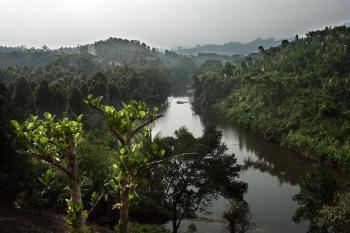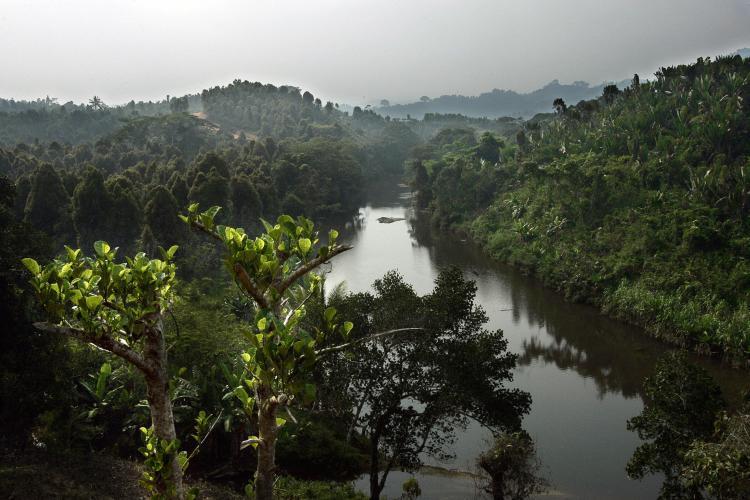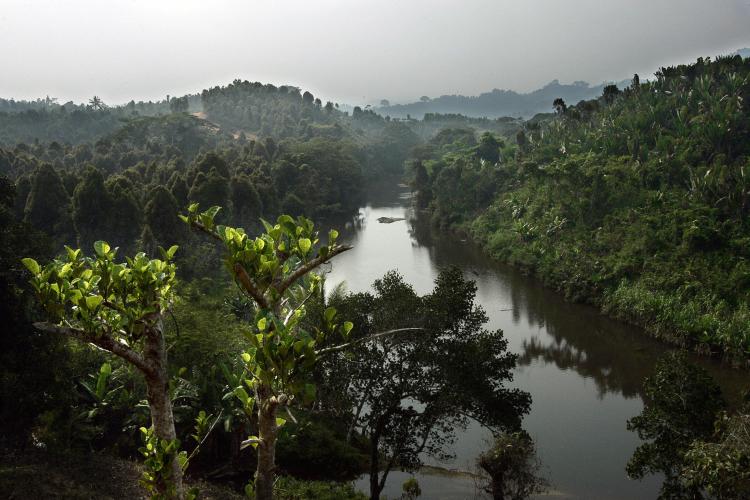BirdLife International announced the extinction of the Alaotra Grebe, a bird species native to Madagascar, as organisms are estimated to be disappearing from the Earth at a faster rate today than in any previous time in Earth’s history. The news was reported in The International Union for Conservation of Nature (ICUN) updated Red List of Threatened Species for birds on May 25.
The Alaotra Grebe’s habitat was severely damaged after a nonnative species of carnivorous fish was introduced into the lakes where the birds lived, according to BirdLife International. In addition, fishermen using nylon gill-nets would trap and drown the birds, contributing to the Alaotra Grebe’s extinction.
Other lakes and wetlands are faced with similar situations. The Zapata Rail, a bird species native to Cuba, has been updated to Critically Endangered status, after mongooses and an exotic species of catfish were introduced into their habitat.
BirdLife International’s Director of Science, Policy, and Information, Dr. Leon Bennun, cites invasive alien species as one of the largest threats to biodiversity. In Asia and Australia, the number of Great Knots has dropped significantly due to drainage and pollution of coastal wetlands.
“Wetlands are fragile environments, easily disturbed or polluted, but essential not only for birds and other biodiversity but also for millions of people around the world as a source of water and food,” said Dr. Stuart Butchart, BirdLife’s Global Research and Indicators coordinator.
The extinction of the Alaotra Grebe, one of a number of bird species to meet that fate recently, serves as a grave reminder that “human actions can have unforeseen consequences,” said Bennun.
The Alaotra Grebe’s habitat was severely damaged after a nonnative species of carnivorous fish was introduced into the lakes where the birds lived, according to BirdLife International. In addition, fishermen using nylon gill-nets would trap and drown the birds, contributing to the Alaotra Grebe’s extinction.
Other lakes and wetlands are faced with similar situations. The Zapata Rail, a bird species native to Cuba, has been updated to Critically Endangered status, after mongooses and an exotic species of catfish were introduced into their habitat.
BirdLife International’s Director of Science, Policy, and Information, Dr. Leon Bennun, cites invasive alien species as one of the largest threats to biodiversity. In Asia and Australia, the number of Great Knots has dropped significantly due to drainage and pollution of coastal wetlands.
“Wetlands are fragile environments, easily disturbed or polluted, but essential not only for birds and other biodiversity but also for millions of people around the world as a source of water and food,” said Dr. Stuart Butchart, BirdLife’s Global Research and Indicators coordinator.
The extinction of the Alaotra Grebe, one of a number of bird species to meet that fate recently, serves as a grave reminder that “human actions can have unforeseen consequences,” said Bennun.







